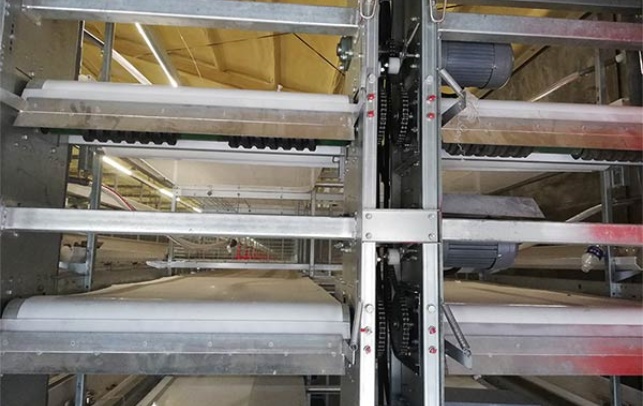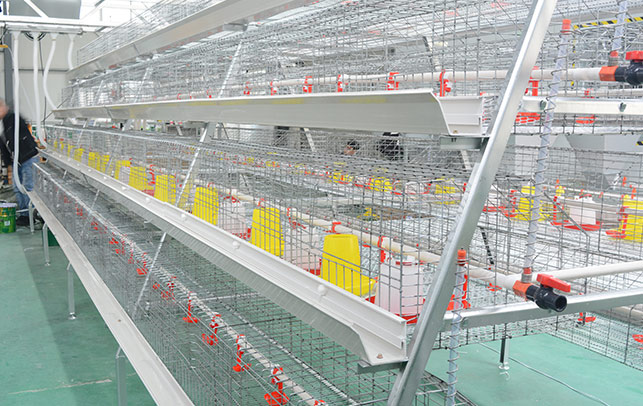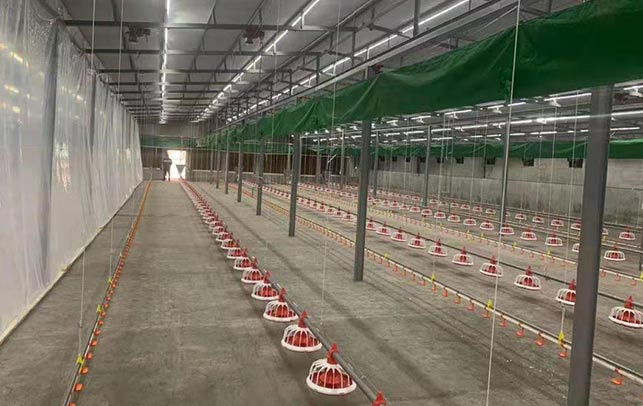Unlocking the Potential of Indigenous Poultry Farming in Kenya
Time : 2025-05-13
Kenya, with its rich agricultural heritage, has long been known for its diverse range of crops and livestock. However, one often overlooked sector that holds immense potential is indigenous poultry farming. This traditional method of farming, which involves raising native chicken breeds, has been a staple in rural households for generations. In this article, we’ll delve into the intricacies of indigenous poultry farming in Kenya, exploring its benefits, challenges, and future prospects.
The Role of Indigenous Poultry Breeds in Kenya
Kenya’s indigenous poultry breeds, such as the Kienyeji, are well-adapted to the local climate and diet. These chickens are known for their resilience, disease resistance, and ability to thrive on a variety of feed sources. Unlike commercially bred chickens, Kienyeji chickens are not only hardy but also produce deliciously flavorful meat and eggs that are highly sought after in local markets.
Adaptation and Resilience
One of the key advantages of indigenous poultry farming is the chickens’ adaptability. They can survive in harsh conditions, from arid regions to mountainous areas, making them a reliable source of income for small-scale farmers. This resilience is crucial in regions where access to commercial feed and veterinary services may be limited.
Health and Productivity
Indigenous chickens are generally healthier than their commercial counterparts. They are less prone to disease and require minimal veterinary care, which is a significant cost-saving factor for farmers. Moreover, these chickens have a higher productivity rate, laying more eggs and producing meat at a faster rate compared to imported breeds.
The Challenges of Indigenous Poultry Farming
Despite its many benefits, indigenous poultry farming in Kenya faces several challenges that need to be addressed for its sustainable growth.
Lack of Awareness
Many farmers, especially those in rural areas, are not fully aware of the potential of indigenous chickens. There is a lack of education on the health benefits, productivity, and economic value of these native breeds. Increasing awareness through workshops, farmer field schools, and community engagement is essential.
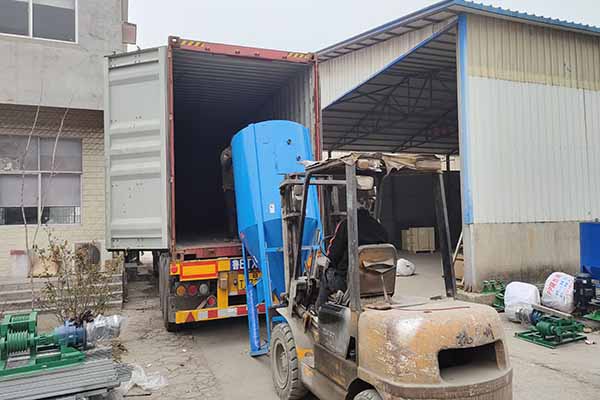
Inadequate Access to Inputs
Small-scale farmers often struggle to access quality inputs such as improved breeds, vaccines, and feed. Establishing local supply chains and farmer cooperatives can help bridge this gap and ensure that farmers have access to the resources they need.
The Future of Indigenous Poultry Farming
Despite the challenges, the future of indigenous poultry farming in Kenya looks promising. With the ri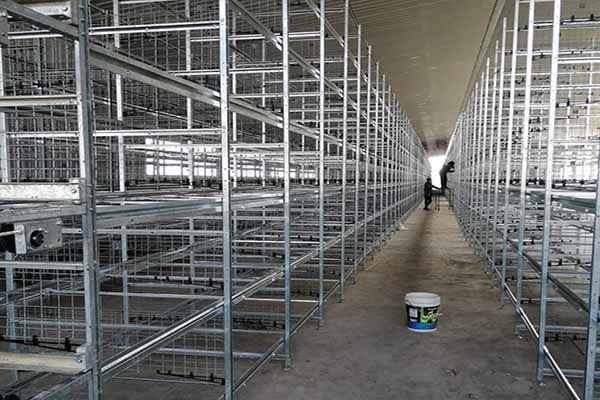 ght support and strategies, this sector can contribute significantly to the country’s economic growth and food security.
ght support and strategies, this sector can contribute significantly to the country’s economic growth and food security.
Policy Support and Research
Kenyan authorities can play a crucial role in promoting indigenous poultry farming by providing policy support, research funding, and incentives for farmers. This includes establishing 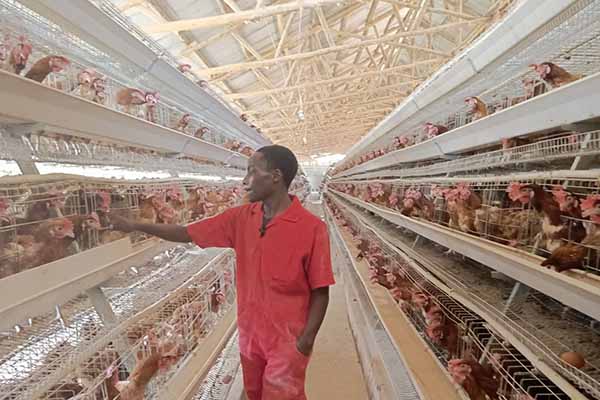 research centers dedicated to the improvement of indigenous breeds and the development of sustainable farming practices.
research centers dedicated to the improvement of indigenous breeds and the development of sustainable farming practices.
Market Development
Increasing demand for local, organic, and free-range products has opened up new opportunities for indigenous poultry farming. By developing efficient marketing channels and promoting the unique qualities of indigenous chickens, farmers can tap into these growing markets.
Conclusion
Indigenous poultry farming in Kenya is not just a traditional practice; it’s a vital component of the country’s agricultural landscape. By addressing the challenges and leveraging the potential of these native breeds, Kenya can create a sustainable and profitable poultry sector that benefits both farmers and consumers. As we move forward, it’s crucial to recognize the value of indigenous poultry farming and invest in its growth.






